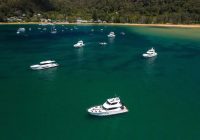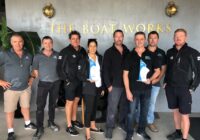
Four boating safety experts share some key advice about trip preparation, navigation and avoiding groundings.
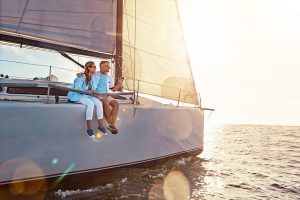
Adam Smith, President of the Boating Industry Association and Owner of Australian Boating College Sydney.
Trip preparation, or passage planning, is integral to good seamanship. Especially if you plan to navigate a new waterway.
Plan your route well in advance of departure. Plotting your course on paper charts can be the best way to identify any issues to be aware of on your trip, ahead of time.
Consider the boating weather forecast for this area, and how any forecast adverse weather may make your trip less fun or less safe. If in doubt, postpone your trip or choose another location.
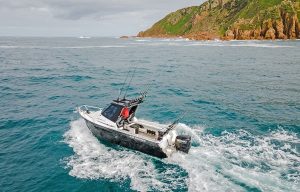
If you’re planning a coastal passage, know where you can go to get help, or shelter from the weather if needed.
Not all hazards will be marked properly or at all. Your navigation maps/charts, along with what you can see, will assist you in identifying hazards and risks well before they should cause you concern.
Navigation markers can possibly be identified in three ways: 1) Colour or colours on the pole. 2) Top mark day shape. 3) Colour and sequence of the light at night. However, these features may not be present for all marks.
Waterways can change over time. Storms, flooding, dredging and waterway constructions can change the characteristics of a waterway and therefore what you’ll need to know to navigate safely.
Your local marine safety regulator will have plenty of information available regarding the minimum safety equipment required for your vessel and for your trip. Additional equipment beyond the minimum is required for larger vessels and those travelling into open waters and beyond.
Make sure you know how to use your radio. Do a course to qualify for your operator’s certificate, this is also a legal requirement for VHF and HF/MF radio operation.
Visit abcboating.net.au and bia.org.au
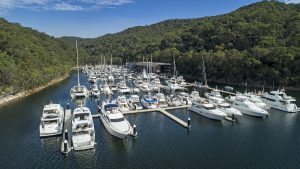
Superintendent Dan Duemmer, NSW Central Zone Commander, Marine Rescue NSW.
Before heading out on a voyage, preplanning is a must. You and your crew should discuss the trip and agree on a safe voyage plan. Key things to consider include how long it will take to get to your destination, how much fuel will be used (worst case), who will be steering the vessel and for how long (manage breaks and fatigue).
Have contingency plans. Always discuss a Plan B, taking into consideration changes in weather and any mechanical or equipment failures.
Consider the welfare of those planning to be on-board; are they susceptible to sea sickness, is their mobility adequate for offshore sea conditions and are they carrying any injuries that might increase their risk and/or the risk to the crew.
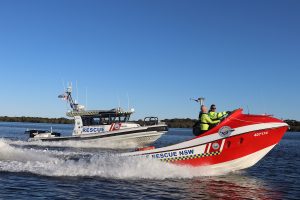
Monitor the weather forecasts and don’t take any chances if the forecast conditions are risky.
For longer voyages, having a secondary navigation system that has an independent power supply (battery powered GPS) is recommended.
Identify key points along the voyage where a safe haven or anchorage are located, identify known charted hazards and risks and mark these as high priority points for additional lookouts and navigational watch. Use your preplanning to mark these areas of heightened risk on both your electronic and paper charts.
Make sure you also have the correct plotting equipment. If you haven’t done a manual chart plot in a while, have a practice run in the comfort of your own home.
Always check you have the correct safety equipment. Test your EPIRB and don’t forget your first aid kit too.
Have all the key items placed in the most convenient location for quick and easy access. Grab bags are a popular and practical way to do this.
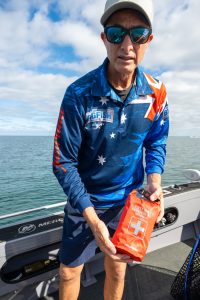
Boaters should also be aware, that although there are navigational aids to assist with marking obstructions, reefs, sand bars and channels, these aids change from time to time and can shift in adverse weather events and on occasion malfunction. This could mean a navigational light may be out, the navigation marker buoy has shifted or is missing or the obstruction is uncharted and unknown (flooding can cause large debris).
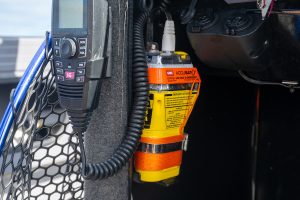
Take extra precautions when navigating in and around shallow water, additional deck watches are also recommended.
When boating in NSW, always Log On and Off with Marine Rescue NSW either via the Marine Rescue NSW app or VHF channel 16. It’s free and may just save your life one day.
Visit marinerescuensw.com.au
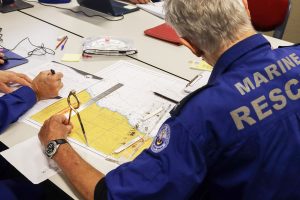
Paul Field, Marine Loss Adjustor and Coastguard NZ Senior Master.
The marine world is ever changing and despite the availability of some of the best technology, there is always a chance of the unexpected occurring, hence it is so important to plan for all eventualities. In the marine environment it’s important to be risk averse.
Check local Notices to Mariners for any local issues in the area you’re planning to go.
Research the area you are intending to visit with particular reference to the hazards, any navigation markers lit or unlit and areas of safe haven should the weather conditions deteriorate.
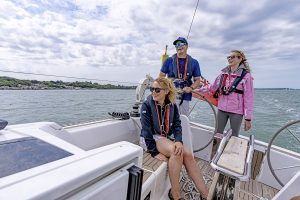
Make sure your safety equipment is easily accessible. Safety equipment must be accessible in the event of an emergency so be mindful of their storage location.
Be aware of the level of your own skills and of your vessel’s limits. Too often we see incidences when operators crossing bars and rivers have used unsuitable vessels or the operator has lacked the skills to safely navigate and handle the craft.
Have a minimum of two forms of communication. Consider how you would communicate with a complete power outage on the craft.
Carry the appropriate provisions, especially water and food.
The weather is always changeable, and forecasting models don’t always get it right so invest in some good weatherproof clothing.
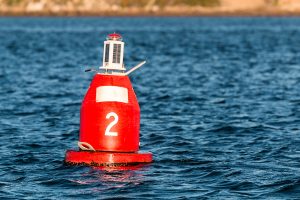
Visit coastguard.nz
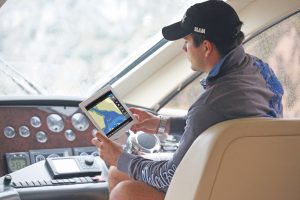
Storm Eastley, Senior Recreational Boating Safety Officer, Marine and Safety Tasmania (MAST).
Before heading out, always inform an onshore contact of your trip details, including your departure point, planned route, destination and estimated return time. Provide them with details of your vessel and the number of people on board. You should also log on with your local VMR, providing your trip details and intended return time.
Before every trip, thoroughly inspect your vessel to ensure it is in good working order and properly equipped for the journey. Check the hull, engine, steering and bilge pumps for any issues and confirm you have sufficient fuel, including a safety reserve for unexpected delays. Maintaining your vessel and safety gear can help prevent issues and ensure you’re prepared for any situation on the water.

Each waterway has its own set of rules and regulations, so make sure you familiarise yourself with the specific requirements of your boating area. This includes speed limits, no-go zones, mooring restrictions, and special local conditions such as bar crossings or restricted areas. Understanding and following these regulations helps you avoid fines and promotes a safer and more enjoyable experience for everyone on the water.
Know your emergency procedures. In an emergency, swift and effective action can make all the difference. Conduct regular safety drills with family members and crew so everyone knows their role in an emergency.
Every vessel has unique capabilities and limitations; understanding them is essential for safe boating. Familiarise yourself with your boat’s maximum load, safe operating speeds, fuel range, and handling characteristics in various weather conditions. Know how your boat performs in rough seas or strong winds and avoid pushing it beyond its limits.
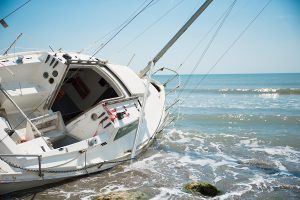
Many boating incidents result from a failure to keep a proper lookout. Always be vigilant and aware of other vessels, floating debris, and unmarked hazards. In busy waterways or at night, assign a dedicated lookout if you have a crew on board. Use navigation lights correctly and minimise distractions such as mobile phones or overreliance on autopilot. Staying attentive helps prevent collisions and ensures a safer journey.
Visit mast.tas.gov.au
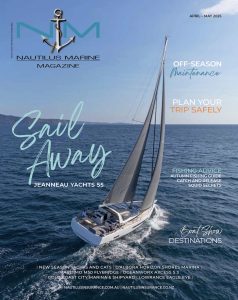
The April-May issue of Nautilus Marine Magazine is out now.
About Nautilus Marine Magazine
Nautilus Marine Magazine offers readers 100 pages of content to support their on-water lifestyle. Published every two months across Australia and New Zealand for an audience of Nautilus Marine Insurance customers, members of the marine industry and boating enthusiasts, our magazine features expert features, boat profiles, interviews with boating and sailing identities, fishing adventures, travel destinations, boating lifestyle content and dining. No matter what side of the boating spectrum you sit on, power or sail, Nautilus Marine Magazine is a must read.
About Nautilus Marine Insurance
Nautilus Marine Insurance is a leading provider of insurance solutions for recreational vessels and marine business assets across Australia and New Zealand, protecting over 45,000 vessel owners and marine industry members. For over 19 years, Nautilus Marine Insurance has been a specialist supplier of insurance for pleasure craft and marine business assets and liability insurance. Nautilus Marine Insurance provide coverage for pleasure craft of all sizes, ranging from sailing dinghies and personal watercraft (PWCs) through to yachts, runabouts, and luxury motor yachts as well as commercially operated boats and marine businesses. Through its Industry Lines division, Nautilus Marine Insurance also specialises in providing tailored business insurance for clients servicing the recreational boating market including marina operators and owners, yacht clubs and boat clubs, boat dealerships and most marine trades including boat repairers and boat service providers. Thousands of professional insurance advisers and brokers choose to work with Nautilus Marine Insurance. These insurance experts trust the breadth of Nautilus Marine’s products and claims support to recommend our products and services to their clients. Nautilus Marine Insurance has a passionate team of over 90 staff and offices across Australia and New Zealand. Nautilus Marine Insurance is a business name of NM Insurance Pty Ltd, ABN 34 100 633 038, AFSL 227186. It has binding authority from Zurich Australian Insurance Limited (ZAIL) which allows it to enter into and arrange policies of insurance and handle and settle claims made under them. Visit nautilusinsurance.com.au to find out more.





